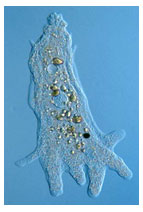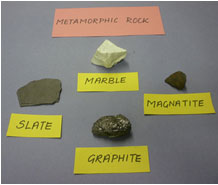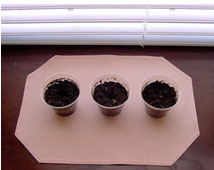
Science, as defined by the National Academy of Sciences, is “the use of evidence to construct testable explanations and predictions of natural phenomena, as well as the knowledge generated through this process."
So what does that definition mean? If you look up the definition in an online dictionary, you will see something similar to the following:

Notice that the definition has two parts. The first part, “systematic knowledge of the physical or material world,” is a noun. These are the facts that you learn in science class such as the formula for photosynthesis or the different types of chemical reactions.
However, science is more than facts. The second part of the definition, “gained through observation and experimentation,” indicates that science is also a verb. Science is a process. It is a way of observing, a way of thinking, and a way of knowing about the world. The goal of science is to provide explanations for events that happen in nature. Scientists use those explanations to understand patterns in nature and make predictions about future events.
Look at the following three investigations. How are they alike? How are they different?
| Investigation 1 | Investigation 2 | Investigation 3 |
 |
 |
 |
| A student used a microscope to observe an amoeba to determine how the organism moved. | A student used a hand lens to examine the color and texture of four different rocks. | A student planted rye grass seeds in potting soil in three plastic cups, placing them on a window sill, and watering one daily, one every third day, and one not at all. |
Scientists use three types of investigations to research and develop explanations for events in the nature: descriptive investigation, comparative investigation, and experimental investigation.
Sources of images used for this section as they appear, top to bottom: